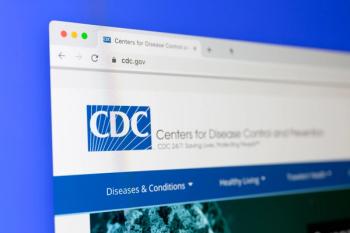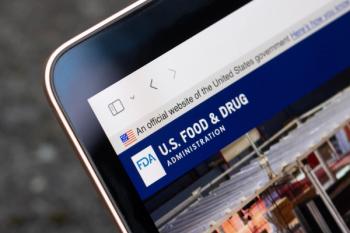
Carefully Consider Optimal Timing of RSV Vaccination in Older Adults
Key Takeaways
- RSV causes significant morbidity and mortality, with 100,000 to 150,000 hospitalizations annually among older adults in the US.
- Optimal RSV vaccination timing considers age, comorbidities, and seasonal patterns, with administration before the RSV season.
Administration during peak vaccine effectiveness provides maximal protective benefit
Effective vaccinations are available, yet lower respiratory tract infections (LRTIs) caused by respiratory syncytial virus (RSV) cause significant morbidity and mortality. Among adults 60 years and older, RSV results in approximately 100,000 to 150,000 hospitalizations annually in the US.1 For respiratory viruses, vaccine recommendations for administration schedules vary and do not provide direct recommendations.
A narrative review provided evidence-based recommendations and implementation strategies regarding the optimal administration time for RSV vaccination in older adults. Optimal vaccination timing depends on risk factors, including age, comorbidities, pathogen season burden, and duration of vaccine-elicited protection.2 Older adults with comorbidities listed in Table 1 have an increased risk of severe outcomes following RSV infection.3
For maximal protective benefit, the timing of peak vaccine effectiveness is when patients have the greatest health risk. Regions are known for having distinct seasonal patterns; therefore, vaccines should be administered near the expected start of the RSV infection season. RSV cases tend to peak during the winter months in temperate regions. A stable number of RSV cases throughout the year occurs in some tropical areas with higher humidity levels. Thus, RSV vaccination in the late summer or early fall will have maximal benefits during the peak of the RSV season.2
To develop trust and increase awareness, vaccination communications from public health agencies and health care providers should occur throughout the year. The strength of vaccination guidelines influences the likelihood of health care providers recommending vaccination. Similarly, health care providers recommending vaccination positively affect vaccine uptake.2
The RSV vaccine may be coadministered with the influenza and COVID-19 vaccinations for enhanced vaccine uptake and maximal protection against LRTIs. The optimal vaccine administration time is at a single, routine health care visit ahead of the expected start of the RSV season. In most of the US, this corresponds to vaccination during August through October. Although there may be a decrease in protection over time, there is insufficient evidence to determine the appropriate interval for revaccination.2
The CDC Advisory Committee on Immunization Practices recommends a single dose of an RSV vaccine for all adults 75 years and older and adults aged 60 to 74 years who are at increased risk due to the presence of certain chronic conditions (refer to Table 1) or if they reside in nursing homes.4
REFERENCES
1. Surveillance of RSV. CDC. August 30, 2024. Accessed May 4, 2025. https://www.cdc.gov/rsv/php/surveillance/inex.html
2. Bonanni P, Heo JY, Honda H, Lee PI, Mouliom A. Optimal timing of vaccination: a narrative review of integrating strategies for COVID-19, influenza, and respiratory syncytial virus. Infect Dis Ther. April 10, 2025. doi:10.1007/s40121-025-01135-0
3. CDC. Respiratory Syncytial Virus Infection (RSV). Accessed May 4, 2025. https://www.cdc.gov/rsv/hcp/vaccine-clinical-guidance/older-adults.html .
4. Britton A, Roper LE, Kotton CN. Use of Respiratory Syncytial Virus Vaccines in Adults Aged > 60 Years: Updated Recommendations of the Advisory Committee on Immunization Practices – United States, 2024. MMWR Morb Mortal Wkly Rep 2024;73:696-207. doi:10.15585/mmwr.mm7332e1
Newsletter
Stay informed on drug updates, treatment guidelines, and pharmacy practice trends—subscribe to Pharmacy Times for weekly clinical insights.












































































































































































































